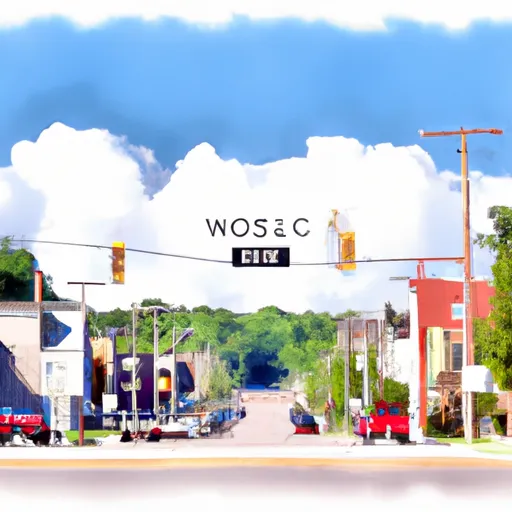°F
°F
mph
Windspeed
%
Humidity











Yuba, Wisconsin is a small village located in the southwestern part of the state. The climate in Yuba is classified as humid continental, with warm summers and cold winters. Summers are typically mild to warm, with average temperatures ranging from 70°F to 80°F. Winters, on the other hand, are cold and snowy, with temperatures often dropping below freezing.
Yuba is surrounded by numerous lakes and rivers, making it a great destination for outdoor enthusiasts. The area boasts a diverse hydrology, with the Wisconsin River flowing nearby. This provides opportunities for activities such as boating, fishing, and kayaking. Additionally, there are several smaller lakes where visitors can enjoy swimming, picnicking, and camping.
The village of Yuba is also surrounded by lush forests, offering ample opportunities for hiking, bird-watching, and wildlife observation. The nearby hills and valleys provide a scenic backdrop for outdoor adventures.
Overall, Yuba, Wisconsin offers a pleasant climate, diverse hydrology, and a range of outdoor recreation opportunities, making it an attractive destination for nature lovers and those seeking outdoor activities.
Weather Forecast
Yuba receives approximately 875mm of rain per year, with humidity levels near 81% and air temperatures averaging around 8°C. Yuba has a plant hardyness factor of 4, meaning plants and agriculture in this region thrive during a short period during spring and early summer. Most plants will die off during the colder winter months.
Regional Streamflow Levels
586
Cubic Feet Per Second
61
Cubic Feet Per Second
5
Cubic Feet Per Second
5
Cubic Feet Per Second
Nearby Camping
| Camping Area | Reservations | Toilets | Showers |
|---|---|---|---|
| Sam A Baker State Park | |||
| Pere Marquette State Park | |||
| St. Peters 370 Lakeside Park | |||
| Mississippi Petrified Forest | |||
| Bogue Chitto Water Park | |||
| Lake Lincoln State Park |



